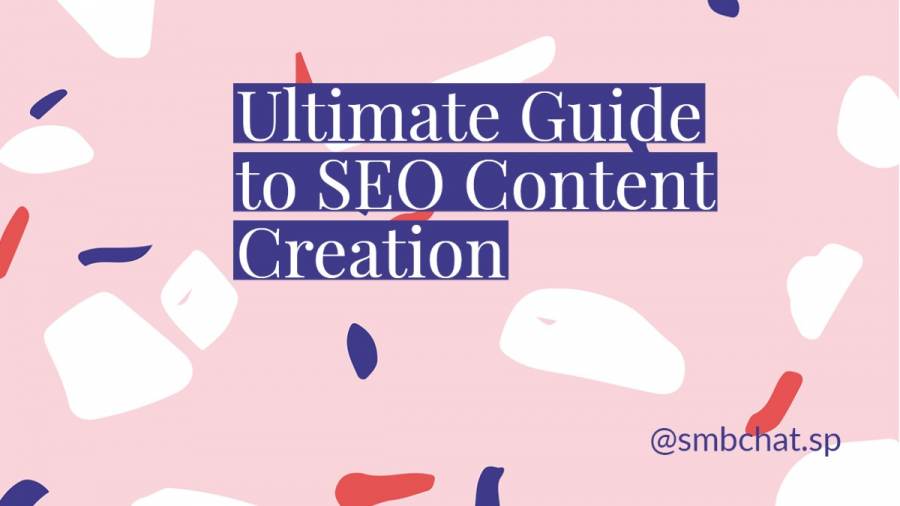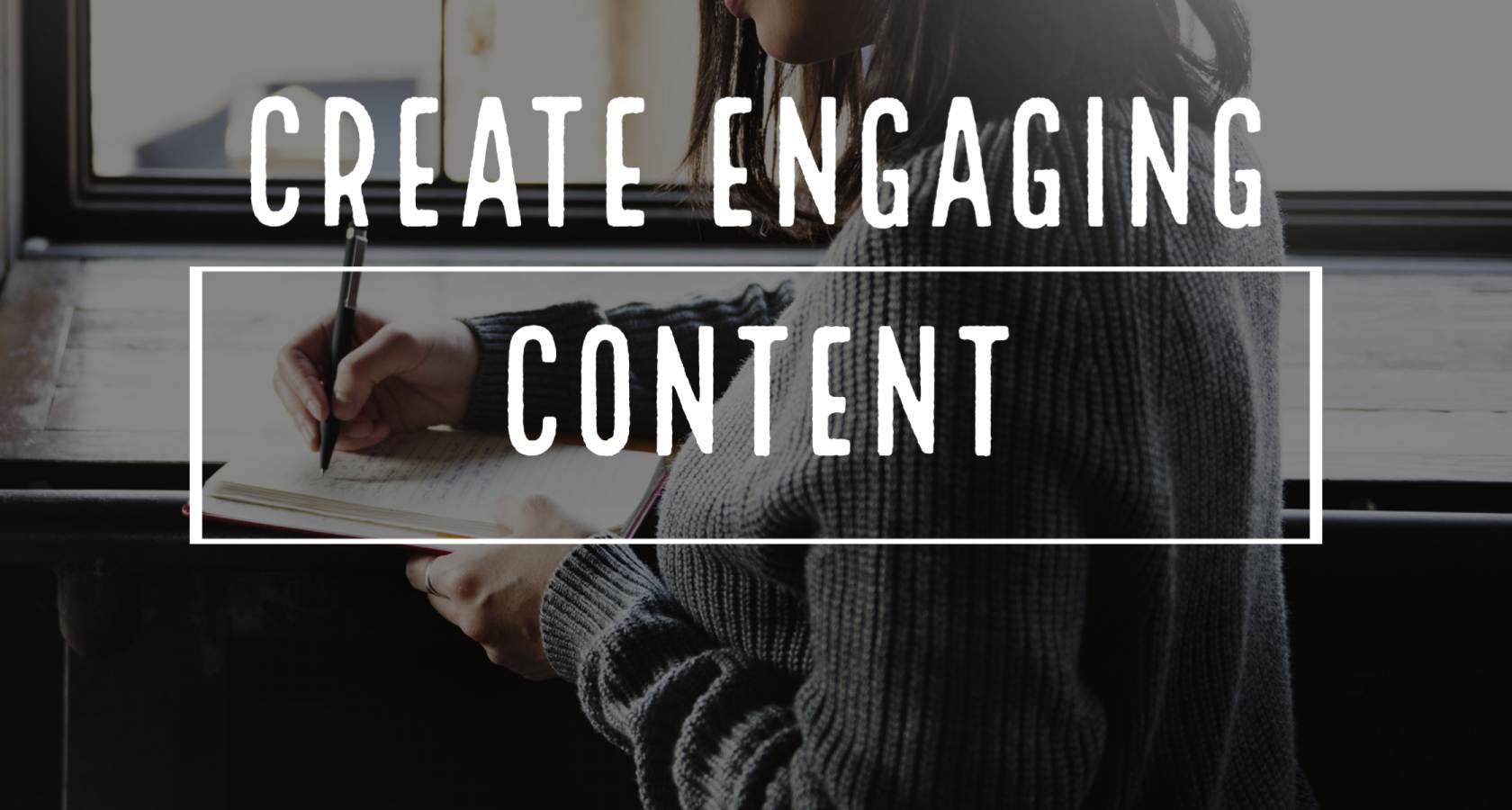Grant Writing: Persuasive Tricks That Get You The Funds
Effective grant writing is an art. It involves weaving solid evidence and data into words that tell a compelling story.
An outstanding grant proposal also has emotions sprinkled throughout it to pull at the prospective funder's heartstrings. But how can you boost your chances of scooping the funds you need for your organization or project?
The answer lies in having a deft strategy. Looking to craft one? Let's dive deeper.
Plan Your Grant Proposal Like a Pro
Before the actual writing, plan to execute an outstanding grant proposal. Your research, goal-mapping, time-keeping, and direction-focused game should be topnotch:
1. Map Out Your Goals
Goal mapping is the first step before anything else. It helps you grasp your project and craft a water-tight proposal. Additionally, clear goals make tracking and evaluating your progress a breeze.
The goals should be SMART! You know the drill:
- Specific
- Measurable
- Attainable
- Realistic
- Time-bound.
A smart goal sounds like this: We will pay fees for 20 students in high school within the first five months.
2. Research Your Funder
Research your grantmaker or funder thoroughly before diving deeper. What are their goals, mission, and history? The following resources will come through for you here:
- Funder's website
- Government information
- Nonprofit(NPO) councils
- 3rd-party online information
Plan to address their priorities in the proposal. For instance, if a funder invests in community asset building and basic needs, show how your work aligns with these objectives. This trick will show them that you did your homework well.
3. Follow Directions
Ensure you've scored all or most of the eligibility requirements, such as location and alignment with the funder's goals. Also, answer the funder's questions as per their requirements. Read and understand the prompts to ensure you don't miss anything.
For instance, suppose the funder has asked you: "What's the community you're going to serve? (Include its location and demographic)." Your answer should have all these details.
Adhering to the funder's requirements enhances effective grant writing.
4. Plan Clear Evaluation
Gone are the days when stating the number of targeted constituents could satisfy the funder. Granters increasingly demand knowing how you'll evaluate your project's impact.
So describe the evaluation methods and intended outcomes. Ensure you've aligned these items with your project's goals.
Note: Some grantmakers prefer specific criteria or techniques. They may even assist you in developing a robust method that will show your hits and misses clearly.
Sharpen Your Persuasive Game
Topnotch persuasion is a game-changer in proposal writing. Our tried-and-true tips are here:
1. Cement Relationships with Funders
Past relationships with funders can tip the scale in your favor. But if you're a greenhorn just starting, it's not too late.
First, give your best and follow their direction upon getting the grant. Craft and forward reports on time to help the granter be on the same page concerning your projects.
Remember to thank the funder for their help. Did you hit your targets? Invite them to see how they've helped make a huge difference in your project and community, if possible.
2. Gather Strong Partnership Letters
A partnership letter is another trick that adds weight to proposals. Some funders can even require such letters.
With a strong partnership letter, the funder will consider you a potential conduit to the next bang for their buck.
So if you've partnered with another nonprofit or entity, remember to show proof. Not yet done so? Start working towards securing robust partnerships and collecting outstanding letters of support or partnership.
A robust partnership letter shows your partner's commitment. It also describes their roles in the project and any past achievements.
3. Demonstrate Topnotch Budgeting
A budget demonstrates how you'll use the funds to achieve your project's targets. So compile a data-rich and detailed budget that demonstrates your research prowess.
Will you also pool funds from other sources (such as in-kind donations and sponsorships)? Highlight them in your budget to show funders how other people believe in you.
4. Display Your Stellar Qualifications
Don't shy from spicing up your proposal with your grandeur qualifications. They’ll boost your chances of scooping the funds, especially if they align with the funder’s goals and objectives.
Your staff members' specific qualifications play a huge role here. For example, Joseph is your project manager. Go beyond his educational background and highlight the community-based projects he has piloted successfully. How did the communities benefit?
Numbers speak loudest here. For instance, highlight the number of students that successfully graduated through your sponsorship.
5. Weave an Impactful Needs Statement
The needs statement is a crucial piece in your grant proposal. It demonstrates why the funder should prioritize your project.
Express your project's urgency. So if you intend to serve homeless people in an area, address their dilapidated housing conditions. Explain that your proposal is urgent due to the dangers of such a situation- think diseases, insecurity, flood, heat from the sun, and mental stress.
Even if your organization doesn't deal with such sensitive issues, an expression of urgency help score big. Perhaps yours is an art museum. Here, you can demonstrate how art helps influence success in other areas of study.
Inject Storytelling Tactics
Grant writing is all about crafting a captivating story. And any captivating story revolves around heroes, victories, journeys, and villains of some sought. It also elicit desirable emotions. Grant writing isn't an exception. So…
1. Sell Your Organization
Why should the funder consider you? Sell the unique story of your nonprofit and its outstanding work.
Assume the audience doesn't know about your organization or projects. Dish out as many details as possible generously- just ensure they're relevant to the granter's objectives.
2. Allow the Numbers to Speak
When demonstrating your organization's importance, nothing does it better than data. Numbers also show the potential impact of your granter's investment.
So spice up your story with data-rich outcomes of past projects. You can even include a comparison of your achievements against those of other organizations regarding similar projects.
Remember to describe the demographics of the people you intend to serve and how you plan to improve their livelihoods. Examples include age, income levels, and education levels.
3. Admit Failures
Splashing only positive highlights in your grant proposal can signal a red flag. Instead, remain as authentic and honest as possible.
Admit your weaknesses and the challenges you might encounter during the project. Another smart idea is to suggest possible solutions to these roadblocks.
Authenticity is a powerful ingredient in winning funders' support. It also helps build long-term relationships with them.
4. Invoke Emotions
Funders are humans with emotions too. That's why they hunt for opportunities to support worthy causes. So if possible, sprinkle emotive language into the proposal to deepen their emotional connection with your project.
Let the funder see your enthusiasm and passion through your words. For instance, if you're looking to fund solar power projects in a remote village, show how the villagers contend with heightened insecurity due to pitch darkness at night.
Proofread Your Grant Proposal
Don't let those simple grammatical errors or discrepancies rob you the chance of getting the funds. So after compiling your grant, it's time to proofread and edit it ruthlessly.
1. Purge Out Grammatical and Spelling Errors
These creepy errors can easily evade even the keenest eyes. Luckily, you can use Grammarly to catch them before they embarrass you.
But don't stop there- ask another person to review the proposal. They may be your fellow workmate or external contact.
2. Check Your Math
Even a minor miscalculation is enough to raise eyebrows. It may even propagate mathematical errors throughout your proposal, rendering it useless.
So arm yourself with a calculator and ruthlessly check your budget figures. Then request a fellow staff member to repeat the calculations.
3. Align the Narratives
Grant proposals often request budget and project narratives. Ensure the storyline doesn't change in both of them.
An alignment shows you know your thing and have a robust budget that fits your goals. On the other hand, discrepancies reveal that you didn't do your homework well.
4. Get an External View
Internal grant writers often overlook some elements due to familiarity with daily organizational tasks. Therefore, having a few pairs of external eyes review the draft is wise.
These are 6 other reasons to outsource grant writing.
Getting an outside opinion also makes sense since you're trying to convince someone who doesn't know the ins and outs of your nonprofit. The review can spot overlooked gaps or irrelevant details in the proposal.
Here are 4 No-Stress Places to Find Grant Writers.
Zoey Grant Writers, Your Go-To Foot Soldiers
Getting the funds your organization or program needs is no longer an uphill task. A clear and well-written grant proposal is all you need to boost your chances of success.
But if you’re busy with other equally crucial organizational tasks, giving this homework the attention it deserves is hard. Why not leave it to our best-in-class grant writers?
At Zoey Writers, we research every grant writing job and collect all the relevant data before putting pen to paper. We also inject the right emotions and words into your grant proposal. Contact us today to kick-start long-term relationships with hefty funders.
You might also find this interesting if you want your NPO to receive better support: Nonprofit Content Creation and Marketing: How a Content Marketing Team Helps You Win More Support
Photo by Kasturi Roy on Unsplash. Thank you, Roy!

















